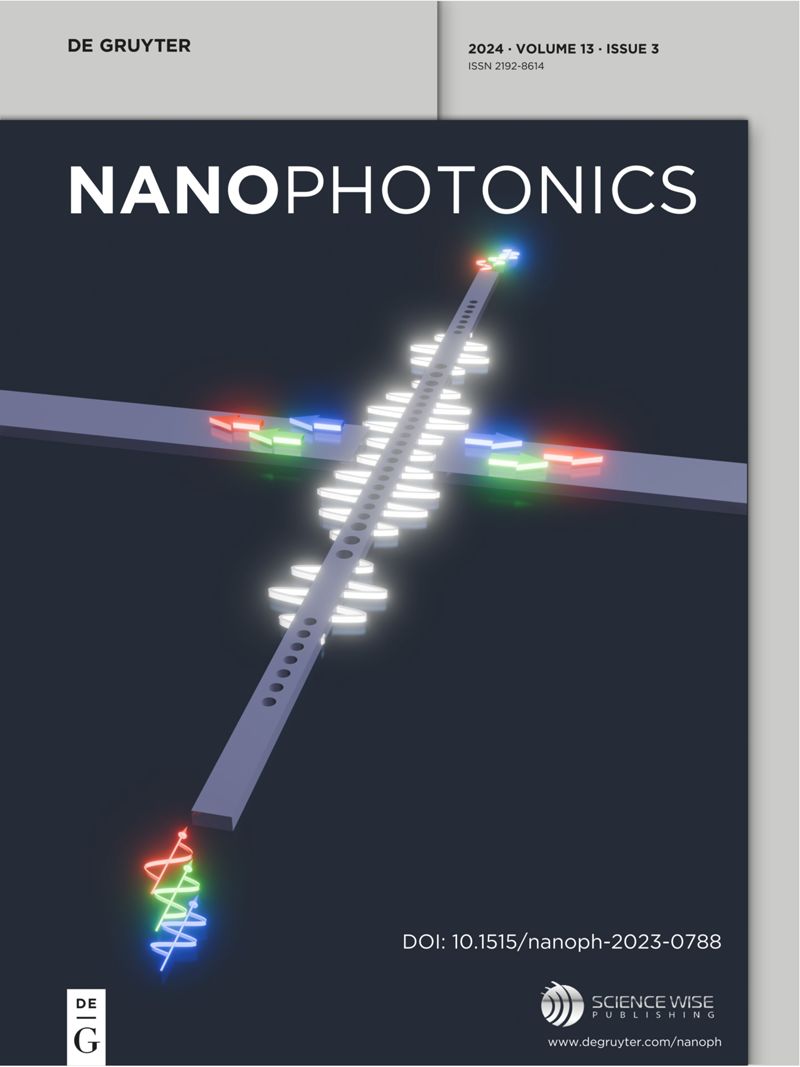A review of 2D and 3D plasmonic nanostructure array patterns: fabrication, light management and sensing applications
IF 6.5
2区 物理与天体物理
Q1 MATERIALS SCIENCE, MULTIDISCIPLINARY
引用次数: 223
Abstract
Abstract This review article discusses progress in surface plasmon resonance (SPR) of two-dimensional (2D) and three-dimensional (3D) chip-based nanostructure array patterns. Recent advancements in fabrication techniques for nano-arrays have endowed researchers with tools to explore a material’s plasmonic optical properties. In this review, fabrication techniques including electron-beam lithography, focused-ion lithography, dip-pen lithography, laser interference lithography, nanosphere lithography, nanoimprint lithography, and anodic aluminum oxide (AAO) template-based lithography are introduced and discussed. Nano-arrays have gained increased attention because of their optical property dependency (light-matter interactions) on size, shape, and periodicity. In particular, nano-array architectures can be tailored to produce and tune plasmonic modes such as localized surface plasmon resonance (LSPR), surface plasmon polariton (SPP), extraordinary transmission, surface lattice resonance (SLR), Fano resonance, plasmonic whispering-gallery modes (WGMs), and plasmonic gap mode. Thus, light management (absorption, scattering, transmission, and guided wave propagation), as well as electromagnetic (EM) field enhancement, can be controlled by rational design and fabrication of plasmonic nano-arrays. Because of their optical properties, these plasmonic modes can be utilized for designing plasmonic sensors and surface-enhanced Raman scattering (SERS) sensors.二维和三维等离子体纳米结构阵列模式的综述:制造、光管理和传感应用
摘要本文综述了基于二维(2D)和三维(3D)芯片的纳米结构阵列的表面等离子体共振(SPR)研究进展。纳米阵列制造技术的最新进展为研究人员提供了探索材料等离子体光学特性的工具。本文介绍并讨论了电子束光刻、聚焦离子光刻、浸渍笔光刻、激光干涉光刻、纳米球光刻、纳米压印光刻和阳极氧化铝(AAO)模板光刻等技术。纳米阵列由于其光学特性(光-物质相互作用)与尺寸、形状和周期性的关系而受到越来越多的关注。特别是,纳米阵列架构可以定制,以产生和调谐等离子体模式,如局部表面等离子体共振(LSPR),表面等离子体激元(SPP),非凡传输,表面晶格共振(SLR),法诺共振,等离子体低语廊模式(WGMs)和等离子体间隙模式。因此,光管理(吸收、散射、传输和导波传播)以及电磁(EM)场增强,可以通过合理设计和制造等离子体纳米阵列来控制。由于其光学特性,这些等离子体模式可用于设计等离子体传感器和表面增强拉曼散射(SERS)传感器。
本文章由计算机程序翻译,如有差异,请以英文原文为准。
求助全文
约1分钟内获得全文
求助全文
来源期刊

Nanophotonics
NANOSCIENCE & NANOTECHNOLOGY-MATERIALS SCIENCE, MULTIDISCIPLINARY
CiteScore
13.50
自引率
6.70%
发文量
358
审稿时长
7 weeks
期刊介绍:
Nanophotonics, published in collaboration with Sciencewise, is a prestigious journal that showcases recent international research results, notable advancements in the field, and innovative applications. It is regarded as one of the leading publications in the realm of nanophotonics and encompasses a range of article types including research articles, selectively invited reviews, letters, and perspectives.
The journal specifically delves into the study of photon interaction with nano-structures, such as carbon nano-tubes, nano metal particles, nano crystals, semiconductor nano dots, photonic crystals, tissue, and DNA. It offers comprehensive coverage of the most up-to-date discoveries, making it an essential resource for physicists, engineers, and material scientists.
 求助内容:
求助内容: 应助结果提醒方式:
应助结果提醒方式:


